Reselling on Amazon: The Complete Guide
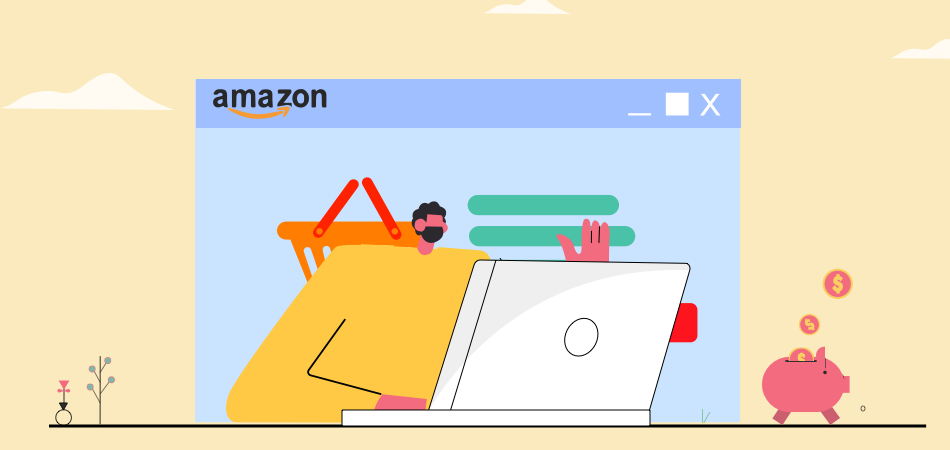
A reseller is a retailer who purchases goods from suppliers - these are usually manufacturers or wholesalers - and resells them to end-users, in this case through their Amazon listings. Unlike brands or private label vendors, a reseller’s concentration is on selling ready-made products.
Reselling on Amazon is incredibly popular as it is much easier to set up a reselling business with smaller capital investment. This enables startups to enjoy the flexibility of starting small while offering a variety of products to customers. It also allows them the freedom of gradually growing and expanding into newer avenues.
Amazon has played a huge role in assisting resellers to grow their business. Let’s take a look at the most popular types of resellers on Amazon and the techniques involved in them.
Different Types of Resale Models
Dropshipping
Dropshipping allows merchants to delegate the fulfillment of an order to a third party, usually a supplier. Production, storage, shipping, and delivery of products to customers are all handled by the manufacturer or a third-party supplier.
Some online vendors choose this business strategy because it reduces overhead and operating costs. The reseller handles marketing and customer service in some dropshipping agreements, while the dropshipping service handles the physical goods and shipping to assist with the fulfillment of orders.
How Does Amazon Dropshipping Work
When using a dropshipping model of operations, sellers typically inform the supplier or dropshipper about the specific orders placed by customers. The dropshipper then handles all the logistics involved with fulfilling the order such as packaging and dispatching the goods.
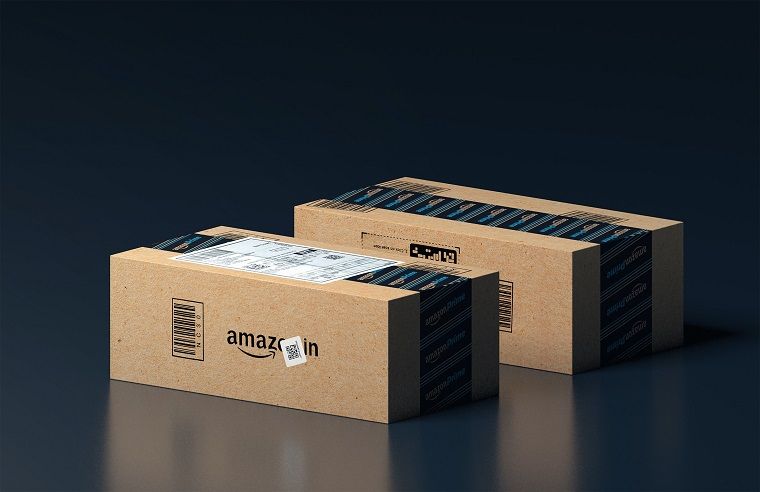
The seller’s only job is to keep the customer informed about updates regarding the order, such as dispatch and transit details and tracking information.
Keep in mind that Amazon has certain rules you must follow during dropshipping, to avoid confusing the customer:
- No matter who is shipping the product, you must be identified as the seller on packing slips, invoices, or external packaging.
- You cannot provide any other seller’s name or contact information on packing slips, invoices, or external packaging. It must be your own name and contact information.
- You must be solely responsible for accepting and processing returns.
- You must comply with all other terms of your seller agreement and applicable Amazon policies.
The dropshipping process can be explained in a simplified, step-by-step manner:
- The supplier sources or produces a product.
- The reseller enters into an agreement with the supplier, and they store inventory of the product in question.
- The seller adds a product to the existing listings on their eCommerce storefront or webstore on Amazon.
- When a customer places an order, the payment is processed by the reseller and they forward the order to the dropshipping service.
- The dropshipper prepares the order and ships it, providing the reseller with relevant details during the procedure.
- The reseller updates the customer with tracking information and an estimated time of delivery.
Required Capital for Dropshipping
Amazon dropshipping does not need much capital as you do not need to maintain an inventory of the product you are trying to sell. It only requires a basic investment involved in signing up as a Seller, which is applicable to all Seller accounts. The Individual plan costs $0.99 per unit sold, whereas the Professional plan costs $39.99.
| Get Started Now to Grow Your Online Business with the Best AliExpress Dropshipping Tool - DSers! |
The professional fee remains the same for any number of sold units, so if you’re breaking past the 40-unit barrier in your sales figures, consider going all in.
Amazon only charges referral fees, which vary by product type. They are normally between 10% and 15%. Therefore, the capital required for dropshipping is primarily focused on the investment with the supplier and is relatively low.
Types of Products for Amazon Dropshipping
With over 30 categories to target, sellers have a variety of options to select from, and the freedom to sell in as many niche markets as they are capable of catering to.
However, Amazon has certain requirements and has imposed certain restrictions that must be followed. Resellers must ensure that they do not have any restricted products listed in their store. Certain products in popular niches such as fashion, beauty, and jewelry require approval and this must be taken into consideration when creating a store.
Profit Margins for Dropshipping
The average dropshipping reseller has a 10 to 30 percent margin, depending on the product and category in question.
Online Arbitrage
Online arbitrage involves purchasing products on one online marketplace and selling them for a higher price on another. This strategy helps resellers surpass any interaction with suppliers and enables them to work from anywhere. However, it also prevents resellers from working with large quantities of orders.
How Does Online Arbitrage on Amazon Work
Online arbitrage involves researching websites where certain products you wish to sell might be available for cheap, and buying the products from these websites, to be listed on other eCommerce sites where they might fetch a higher price.
Capital Required to Begin Online Arbitrage
There is no prerequisite capital essential for online arbitrage and sellers can invest as much as they can afford to. This is a huge benefit of this business model and makes it much more accessible to newcomers.
Types of Products
The limitation in this model is that no matter what you wish to sell, unless it is easily available at a significantly lower price on another website, it may not be worth the effort or generate enough profit.
Aside from that, there are endless possibilities in terms of the types of products you can sell. When selecting products to list, go for those with higher demand.
Profit Margins with Online Arbitrage
Efficient online arbitrage sourcing can yield higher profits as this is hugely dependent on the margin. Depending on inventory volume, resellers are said to make anywhere between $300 and $2000 a month once established.
Retail Arbitrage
Retail arbitrage is similar to online arbitrage, but in this case, a reseller sources products from a retail outlet, offline, at discounted rates and then sells them online on their Amazon store. No suppliers or manufacturers are involved in this process. Resellers buy products directly from a store or market.
How Does It Work
Retail arbitrage is successful as products may be priced differently in different cities and can thus provide profitable margins. In this structure, a reseller might observe lower or discounted prices on a popular commodity in a specific outfit due to seasonal sales, etc. They can purchase the product in question at a lower rate than the MRP and then sell it on their Amazon store at the MRP price.
For example, if there is a sale at Walmart and a seller can buy notebooks that usually cost $5 for $2, they can then sell these on Amazon for the original price and make a neat profit.
Capital Required to Begin Retail Arbitrage
Retail arbitrage is generally profitable and a meager investment of $100-$200 is enough to get started.
Types of Products
Sourcing products for retail arbitrage is simply a matter of finding good deals for popular items. Outlets such as Walmart and Target are competitors to Amazon and usually provide reasonable deals on all kinds of products, making them a good place to start.
Profit Margins with Retail Arbitrage
The profit margin for retail arbitrage depends on the deals a seller is able to find, and can therefore fluctuate from one product to the other. In some instances, sellers may be able to double, or even triple their profit on a single product!
Amazon Wholesale
Just like any other business, Amazon Wholesale also involves buying and selling products in bulk after setting up a wholesale seller account. Selling wholesale on Amazon involves purchasing large quantities of products at a discounted rate directly from the manufacturer or supplier, then reselling them on Amazon at retail pricing.
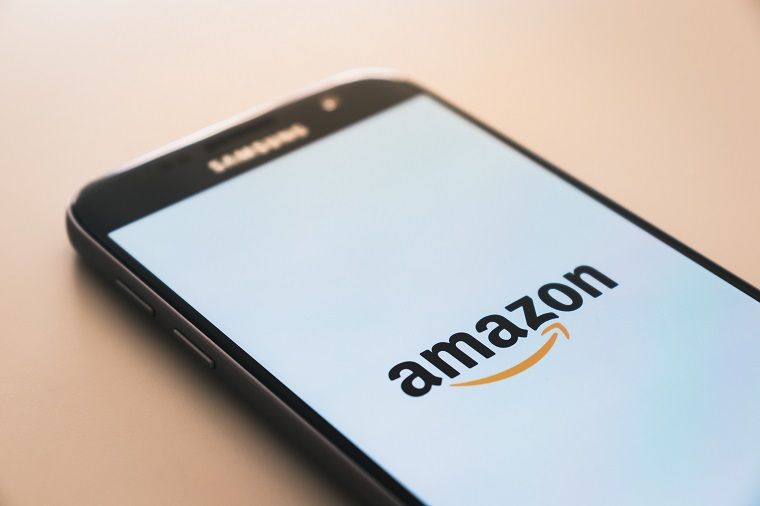
This strategy enables you to offer products from well-known companies that are in high demand, making it easier to secure a sale.
How Does Amazon Wholesale Work
In Amazon Wholesale, the reseller purchases the product from a distributor in bulk quantities. Once these items are purchased, they can be listed on the reseller’s page.
Capital Required for Amazon Wholesale
Amazon Wholesale requires a much higher initial investment than the other methods mentioned here. Considering the costs of inventory, storage, research, seller fees, and other factors involved, an approximate amount of at least $3000 would be required to kickstart an Amazon Wholesale business.
Profit Margin on Amazon Wholesale
Amazon Wholesale margins can begin at around 15% and range anywhere between 30-40% net for a successful business. Reaching a higher margin might require some effort but it can prove to be lucrative.
Conclusion
Reselling on Amazon can be extremely profitable and lucrative. The methods covered above are each lucrative in their own way.
However, remember that reselling on Amazon requires a lot of research and investment of time and effort, in addition to funds, initially, before the proof of concept yields significant results.





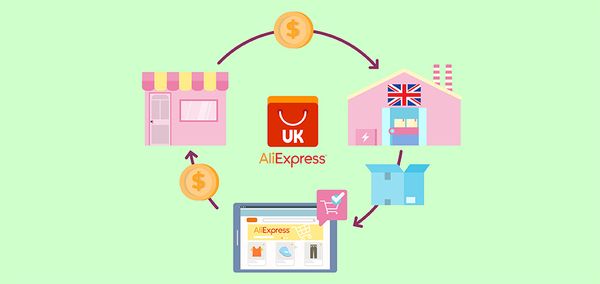

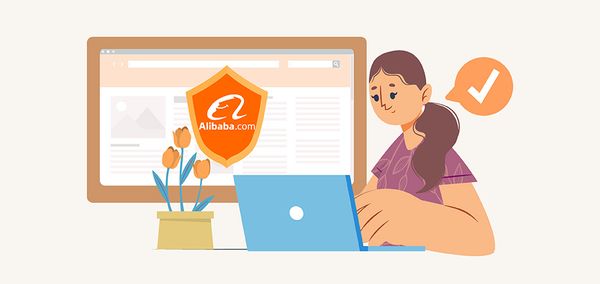





 Company
Company
 Why Choose DSers
Why Choose DSers
 Blog
Blog
 Help Center
Help Center




 Live Chat
Live Chat